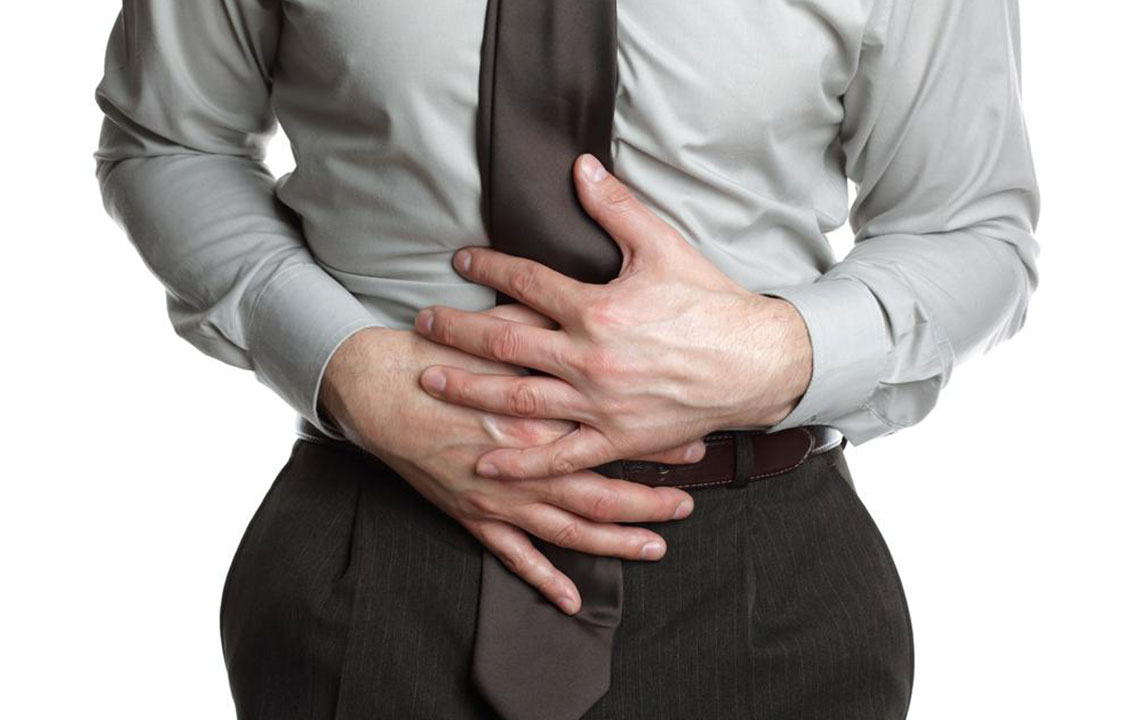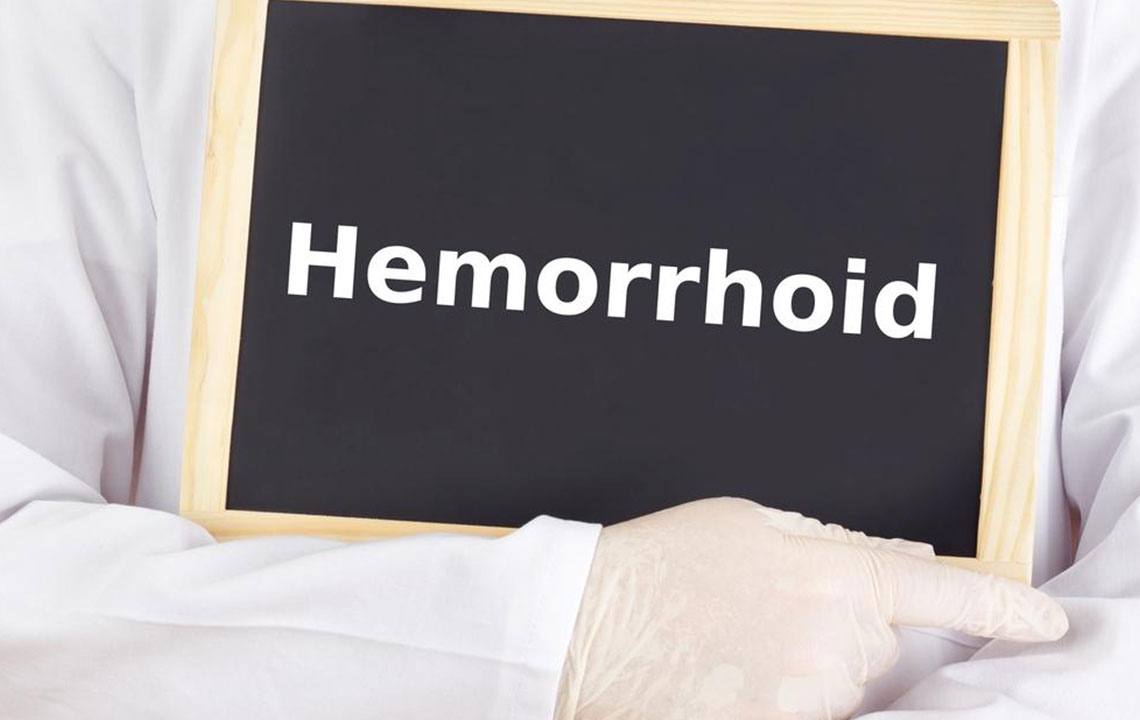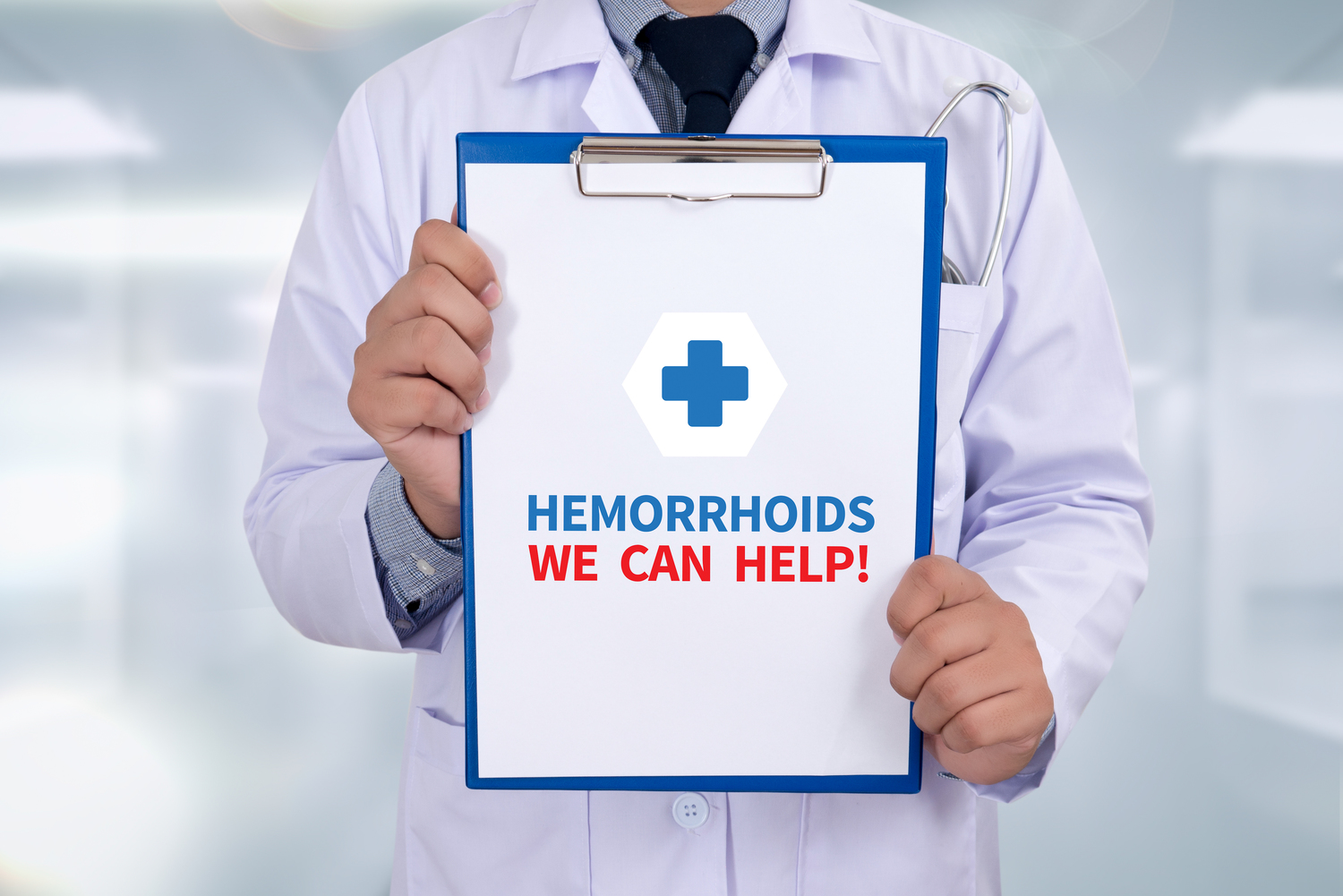Comprehensive Guide to Effective Treatments for External Hemorrhoids
Discover comprehensive treatments for external hemorrhoids, including lifestyle adjustments, medications, and surgical options. Learn how early diagnosis and proper management can alleviate symptoms and prevent complications. This guide emphasizes the importance of medical consultation for personalized treatment plans, ensuring effective relief and improved quality of life.

Effective Strategies and Treatments for Managing External Hemorrhoids
Popular and Proven Treatment Options for External Hemorrhoids
Hemorrhoids, often referred to as piles, are swollen, inflamed tissues located around the anal region. These tissues comprise blood vessels, connective fibers, and elastic tissues that support the anal canal. In recent decades, the prevalence of hemorrhoids has increased significantly, largely due to modern lifestyle choices, dietary habits, and other health-related factors. Typically, individuals begin noticing symptoms after the age of 50, but younger people can also be affected. Early detection and appropriate treatment are crucial in preventing complications and improving quality of life.
Healthcare professionals can accurately diagnose external hemorrhoids by examining the anal area and assessing symptoms. Common indicators include discomfort or itching around the anus, bleeding during bowel movements, and a sensation of fullness or pressure after defecation. Ignoring these signs can lead to worsening symptoms, including thrombosis or infection. Prompt medical evaluation ensures effective management and prevents escalation of the condition.
Essential Lifestyle Modifications to Reduce Hemorrhoid Symptoms
Along with medical treatments, lifestyle adjustments play a significant role in alleviating symptoms and preventing recurrence. Maintaining a nutritious, high-fiber diet helps keep stool soft, reducing strain during bowel movements. Regular exercise promotes healthy digestion and circulation. Monitoring weight and avoiding excessive sitting or straining also decreases pressure on hemorrhoids. Good hygiene practices, such as gentle cleaning and avoiding irritants, are vital. Additionally, soaking in warm sitz baths several times daily can provide relief from pain and swelling. These lifestyle strategies are cornerstone approaches to holistic hemorrhoid management.
Medicinal Options for Managing Hemorrhoids
For mild discomfort and early-stage hemorrhoids, physicians often recommend topical treatments like soothing ointments, creams, or medicated pads that contain anti-inflammatory or anesthetic agents to minimize irritation and pain.
These medications deliver temporary relief but are not suitable for long-term use without medical supervision, as they can mask more serious symptoms.
Over-the-counter remedies are widely available, including creams containing hydrocortisone or witch hazel. If symptoms persist beyond a week, seeking medical advice is essential to avoid complications.
Surgical and Minimally Invasive Procedures for Severe Hemorrhoids
When conservative treatments prove ineffective, or hemorrhoids become particularly painful or thrombosed, surgical intervention may be necessary. The choice of procedure depends on the severity, location, and overall health of the patient:
Rubber Band Ligation: This common outpatient procedure involves placing a tiny elastic band around the base of the hemorrhoid, blocking blood flow. The hemorrhoid gradually shrinks and falls off within a week. While effective, some patients may experience mild discomfort, bleeding, or swelling post-procedure, which usually resolves with proper care.
Sclerotherapy: In this technique, a sclerosant solution is injected into the hemorrhoid, causing it to shrink by scar tissue formation. It is generally painless and suited for smaller hemorrhoids, but may require multiple sessions for optimal results.
Laser or Infrared Coagulation: These minimally invasive procedures utilize focused laser or infrared heat to destroy hemorrhoidal tissue. They typically involve less pain, lesser bleeding, and quicker recovery times, making them popular choices among patients.
Hemorrhoidectomy: In cases of large, prolapsed, or thrombosed hemorrhoids, surgical removal—hemorrhoidectomy—is often the most definitive solution. Although effective for permanent relief, it involves general or local anesthesia, post-operative pain, and a recovery period that requires proper follow-up to prevent infection and complications.
Stapled Hemorrhoidopexy: This technique involves stapling the hemorrhoidal tissue to cut off its blood supply, causing it to shrink and lift. Less pain and shorter recovery times are notable benefits, but it carries a risk of recurrence since tissue may not be entirely removed.
Consultation with a healthcare professional is essential in selecting the most suitable treatment plan tailored to individual case severity, health status, and lifestyle considerations. Early intervention can significantly improve outcomes and reduce the risk of future episodes.





